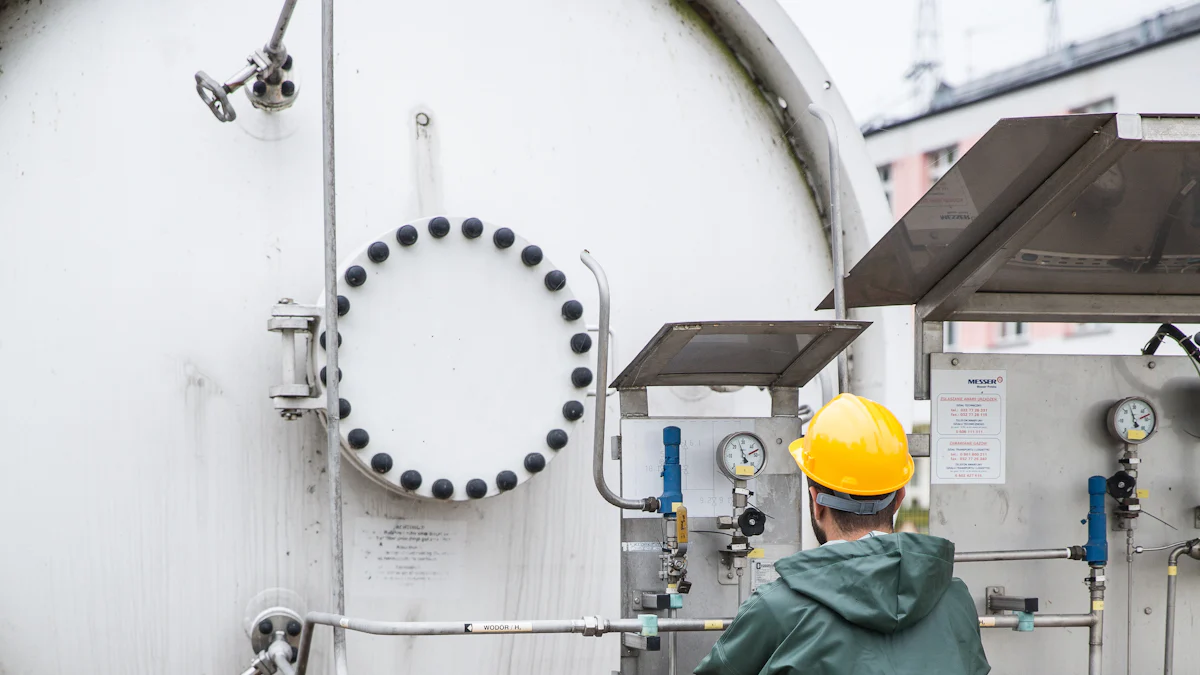
Water and oil repellents shield fabrics from stains by forming a durable barrier. Liquids bead up on the surface instead of soaking in. These treatments preserve the fabric’s softness and breathability. With water and oil repellents-durable processing, you can enjoy long-lasting protection that keeps your textiles clean and fresh.
Key Takeaways
- Water and oil repellents form a shield on fabrics. This stops stains by making liquids bead up and roll off.
- Treated fabrics are easier to clean. Spills can be wiped quickly before they stain, saving time and effort.
- Repellents help fabrics last longer by blocking moisture and oils. This keeps your fabrics strong and useful for a long time.
The Science Behind Water and Oil Repellents
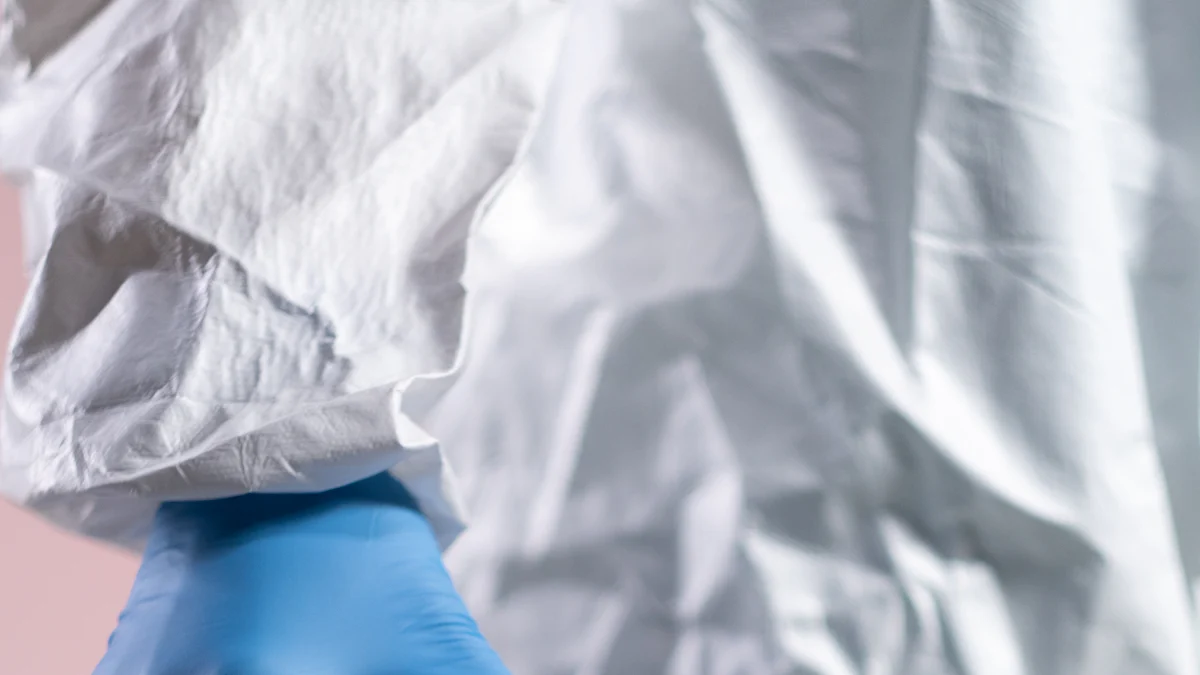
How Repellents Create a Protective Barrier
Water and oil repellents work by altering the surface of fabric fibers. When applied, these repellents form a thin, invisible layer that prevents liquids from soaking into the material. This layer changes the surface tension of the fabric, causing water and oil to bead up and roll off instead of being absorbed. You can think of it as a shield that keeps your fabrics safe from stains while maintaining their softness and breathability.
Interaction Between Repellents and Liquids
When liquids come into contact with treated fabrics, the repellents create a barrier that resists penetration. Water droplets remain on the surface, forming beads due to the fabric’s hydrophobic properties. Similarly, oil-based liquids are repelled, reducing the risk of stains. This interaction ensures that your fabrics stay clean and fresh, even in messy situations.
Water and Oil Repellents-Durable Processing
Water and oil repellents-durable processing enhances the longevity of the protective barrier. This method ensures that the repellents bond strongly with the fabric fibers, making them resistant to washing and wear. Even after multiple washes, fabrics treated with water and oil repellents-durable processing retain their ability to repel liquids. This durability makes them ideal for everyday clothing, outdoor gear, and workwear. By choosing durable processing, you ensure long-lasting protection for your fabrics.
Benefits of Water and Oil Repellents
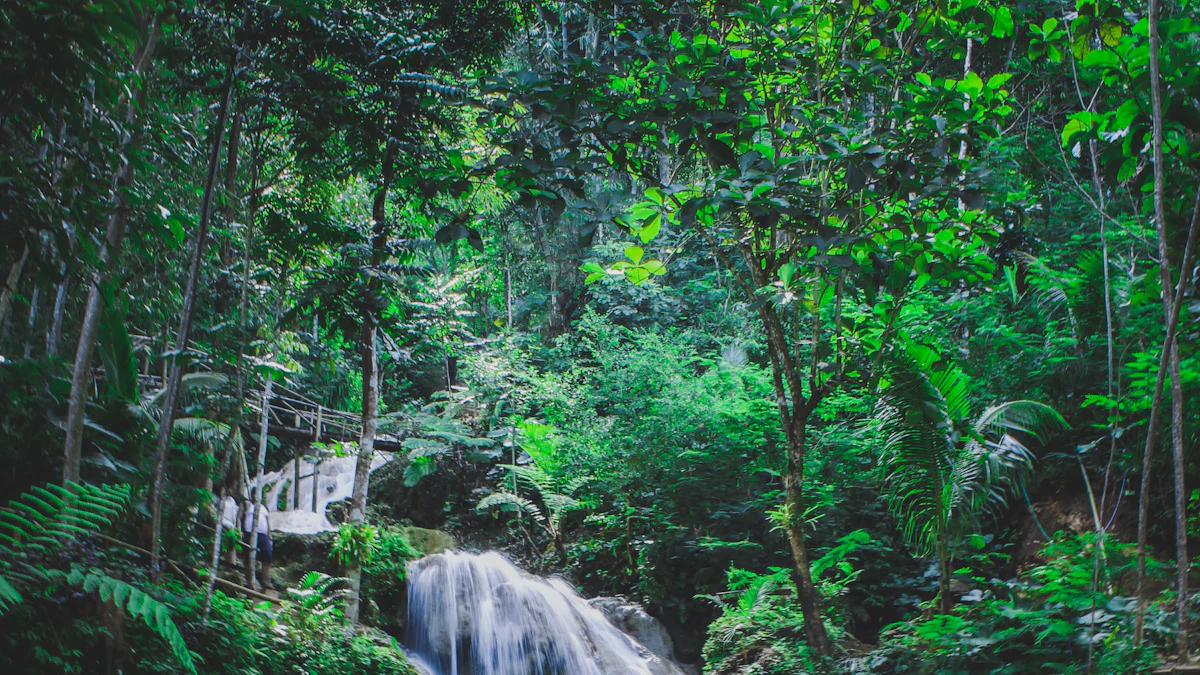
Stain Prevention and Easy Cleaning
Water and oil repellents make cleaning fabrics much easier. When liquids like coffee or oil spill on treated fabrics, they bead up instead of soaking in. This gives you time to wipe them away before they leave a stain. Everyday messes become less stressful because your fabrics stay clean and fresh.
Tip: Use fabrics treated with repellents for items like tablecloths, uniforms, or outdoor gear. They resist stains and reduce the need for frequent washing.
These repellents also prevent dirt from sticking to the fabric. This means you can spend less time scrubbing and more time enjoying your day.
Enhanced Fabric Longevity
Repellents protect fabrics from damage caused by moisture and oils. By keeping liquids out, they reduce wear and tear over time. Treated fabrics maintain their strength and appearance longer than untreated ones.
For example, outdoor gear exposed to rain or mud benefits greatly from this protection. Even after repeated use, the fabric remains durable and functional. Water and oil repellents-durable processing ensures this long-lasting performance, even after multiple washes.
Eco-Friendly and Safe for Use
Modern repellents, like those from Jindun Chemical, are designed with safety in mind. They avoid harmful substances like PFOA and PFOS, making them safe for you and the environment. These eco-friendly solutions meet strict international standards, so you can trust their quality.
By choosing these repellents, you not only protect your fabrics but also contribute to a healthier planet. Their compatibility with various fabrics makes them a versatile and responsible choice for fabric care.
Durability and Maintenance of Repellents
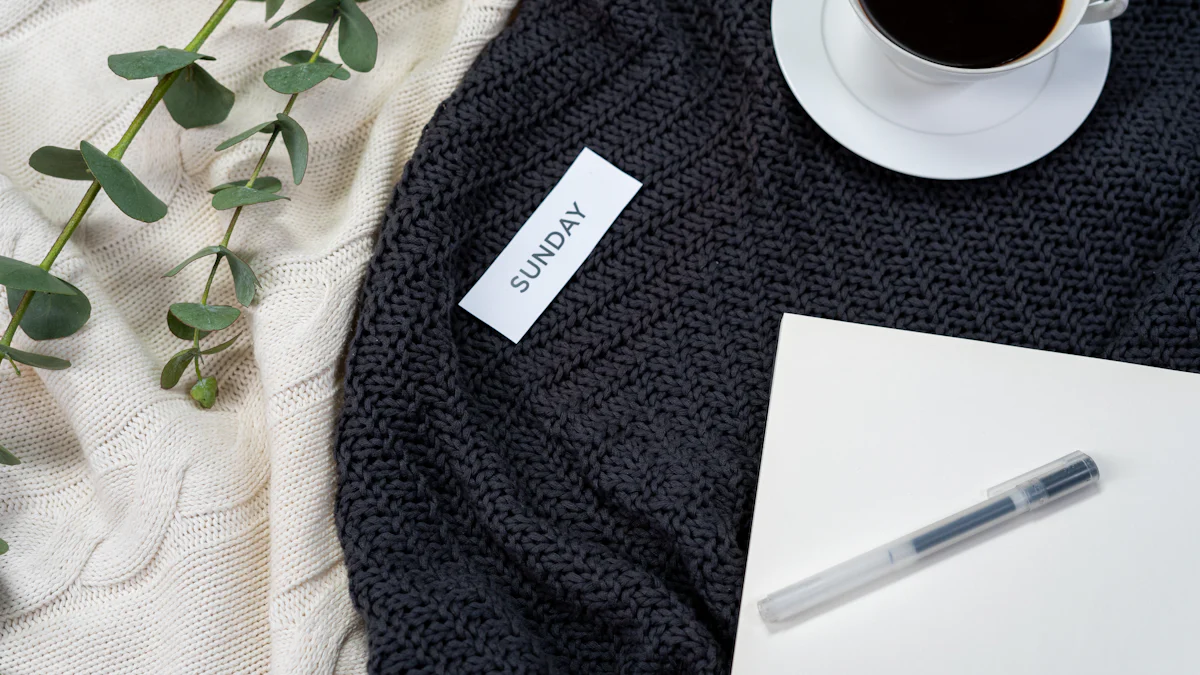
How Long Do Repellents Last?
The lifespan of water and oil repellents depends on how you use and care for the treated fabric. Typically, these treatments last through multiple washes and regular wear. Fabrics treated with advanced solutions, like water and oil repellents-durable processing, maintain their protective barrier longer. This durability ensures that your fabrics stay resistant to stains and liquids even after repeated use. However, the exact longevity can vary based on factors like washing frequency, detergent type, and exposure to harsh conditions.
Tips for Maintaining Repellent Effectiveness
To keep your fabric’s repellency intact, follow a few simple steps. Wash treated fabrics with mild detergents and avoid fabric softeners, as they can break down the protective layer. Use cold or warm water instead of hot water during washing. Air drying or tumble drying on low heat can also help maintain the repellent properties. Regularly inspect your fabrics for signs of reduced repellency, such as liquids soaking in instead of beading up. Taking these precautions will help you extend the life of the treatment.
Washability and Reapplication Guidelines
Even though repellents are designed to withstand washing, their effectiveness may decrease over time. If you notice reduced performance, consider reapplying the treatment. Many water and oil repellents are available in spray or liquid form for easy reapplication. Follow the product instructions carefully to restore the protective barrier. Reapplication ensures your fabrics continue to resist stains and maintain their original feel. With water and oil repellents-durable processing, you can enjoy long-lasting protection with minimal effort.
Practical Applications of Repellents
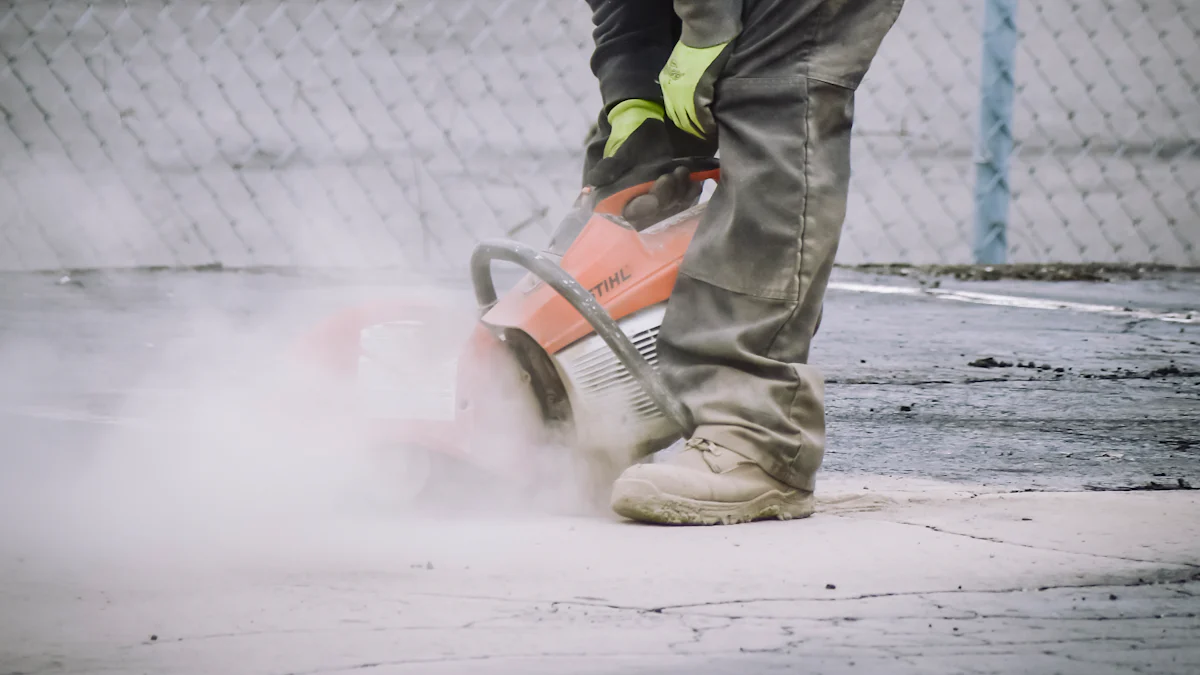
Types of Fabrics That Benefit Most
Water and oil repellents work well on a wide range of fabrics. Cotton, polyester, and nylon are some of the most common materials that benefit from these treatments. Cotton fabrics, often used in clothing and home textiles, gain added protection against spills and stains. Polyester and nylon, frequently found in outdoor gear and sportswear, become more durable and resistant to moisture.
Tip: Use repellents on blended fabrics to enhance their stain resistance without compromising softness or breathability.
Delicate fabrics like silk and wool can also be treated with repellents. This ensures they stay clean and maintain their luxurious feel. Whether you’re protecting everyday clothing or specialty textiles, repellents provide a versatile solution.
Everyday Scenarios for Repellent Use
Repellents make life easier in many daily situations. Imagine spilling coffee on your favorite shirt or dropping oil on your tablecloth. Treated fabrics allow you to wipe away these messes before they leave a stain.
You can also use repellents on items like school uniforms, workwear, and upholstery. These treatments reduce the need for frequent washing, saving you time and effort.
Note: Treated fabrics are perfect for families with kids or pets. They help keep furniture and clothing clean despite everyday messes.
Specialized Uses in Outdoor and Industrial Fabrics
Outdoor gear, such as jackets, tents, and backpacks, benefits greatly from repellents. These treatments protect fabrics from rain, mud, and oil, ensuring they remain functional in harsh conditions. Industrial fabrics, like those used in uniforms or protective gear, also gain durability and stain resistance.
Repellents help extend the lifespan of these fabrics, even in demanding environments. Whether you’re hiking in the rain or working in an oil-heavy industry, treated fabrics provide reliable protection.
Emoji Tip:
Post time: Feb-14-2025

